The flutter kick is the engine that drives freestyle swimming forward. While arm strokes often steal the spotlight in competitive swimming, the rhythmic up-and-down leg movement beneath the surface plays an equally vital role in propulsion and body positioning. Many swimmers underestimate the complexity of this fundamental technique, considering it merely an afterthought to upper body movements. However, mastering the freestyle kick requires coordination, flexibility, and an understanding of hydrodynamics that separates casual swimmers from technically proficient ones.
Proper freestyle kicking originates from the hips, not the knees as many beginners mistakenly believe. The motion should resemble a whipping action where energy transfers smoothly from the core through the legs. Overbending at the knees creates excessive drag in the water, slowing the swimmer down significantly. Competitive swimmers develop what coaches call "the connection" - this seamless transfer of power from the torso through the entire lower body that makes their kicks appear effortless yet tremendously powerful.
The positioning of the feet during the kick dramatically affects propulsion. Pointed toes act like natural fins, increasing the surface area that pushes against the water during both the upward and downward phases of the kick. Many swimmers make the mistake of keeping their ankles stiff or allowing their feet to flex, which essentially turns their feet into brakes rather than propellers. Elite swimmers often have exceptional ankle flexibility that allows for greater range of motion - a physical attribute that can be developed through specific dryland exercises.
Kick tempo varies depending on swimming distance and individual physiology. Sprinters typically employ a rapid, powerful six-beat kick (six kicks per arm cycle) to maximize speed, while long-distance swimmers often use a more economical two-beat or four-beat kick to conserve energy. The synchronization between kick rhythm and arm strokes creates what swimmers call "the whole stroke timing" - that magical moment when all body parts work in perfect harmony through the water. Finding this rhythm often marks the transition from struggling swimmer to efficient aquatic athlete.
Training the freestyle kick requires specific drills that isolate leg movement. Many coaches use kickboards, though some argue these tools can promote poor body position if overused. More advanced drills include kicking on one's side or in a streamlined position without any flotation aids. These exercises force swimmers to engage their core muscles while maintaining proper body alignment - skills that directly translate to better performance during full-stroke swimming. The most effective kick training often occurs when swimmers focus on quality rather than quantity, paying attention to technique even as fatigue sets in.
Muscle development for powerful kicking extends beyond the pool. Dryland exercises that strengthen the hip flexors, quadriceps, and core muscles contribute significantly to kick power and endurance. Many competitive swimmers incorporate yoga or Pilates into their training regimens to improve the flexibility and muscle control essential for an efficient flutter kick. Interestingly, some of the world's best freestylers don't necessarily have the strongest legs, but rather the most coordinated application of force through properly timed movements.
The role of the kick changes slightly when swimming in open water compared to pool conditions. In choppy waters, a slightly deeper and more vigorous kick helps stabilize the body position and maintain momentum through waves. Many open water swimmers develop a hybrid kick that adapts to changing conditions, proving that the flutter kick isn't just a simple up-and-down motion but a dynamic tool that expert swimmers adjust instinctively based on their environment.
Equipment choices can enhance kick training. Short fins help develop proper technique by encouraging the right ankle flexion and kick amplitude, while longer fins build strength through increased resistance. Kick sets with a snorkel allow swimmers to focus solely on leg technique without interrupting their breathing pattern. Some swimmers use ankle bands to isolate their kick or parachutes to build explosive power. The key lies in using these tools purposefully rather than relying on them as crutches.
Common kicking mistakes often stem from misunderstanding the technique's purpose. Some swimmers believe bigger kicks are better, creating exaggerated movements that waste energy. Others allow their legs to sink too deep, creating drag that negates any propulsion gained from the kick. The most efficient freestyle kicks remain relatively compact, with the feet breaking the surface only slightly while maintaining constant motion just beneath the waterline. This delicate balance between power and precision takes years to perfect.
Age affects kick development in surprising ways. Young children often struggle with proper flutter kicking due to underdeveloped coordination and muscle control, while masters swimmers frequently need to focus on maintaining ankle flexibility that diminishes with age. The sweet spot for kick power and technique often occurs in a swimmer's late teens to early twenties, though with proper training, excellent kicking technique can be developed at any age. This demonstrates that while natural ability helps, dedicated practice ultimately determines kicking proficiency.
The science behind an effective freestyle kick continues to evolve as researchers study fluid dynamics and biomechanics. High-speed underwater cameras reveal subtle adjustments elite swimmers make during each phase of the kick that were previously unnoticed. Some studies suggest the optimal kick might involve slight rotational movements at certain points in the stroke cycle, challenging traditional notions of purely vertical leg movement. As swimming science advances, so too does our understanding of how to maximize every element of freestyle technique, with the kick remaining a central focus of this ongoing exploration.
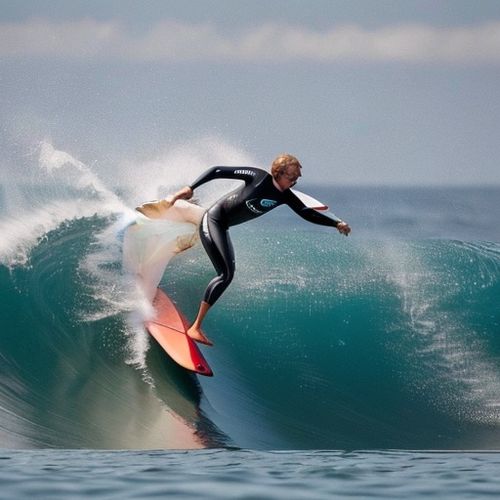
By Eric Ward/May 8, 2025
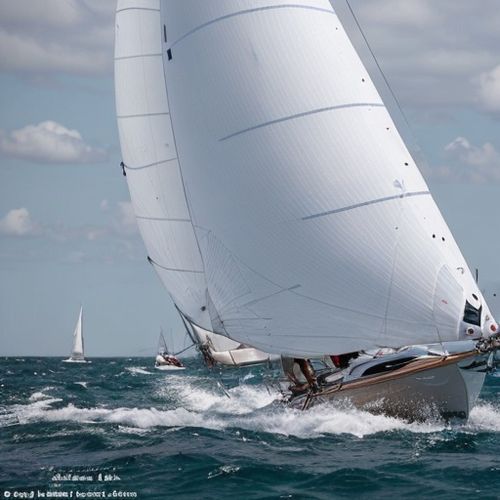
By Lily Simpson/May 8, 2025
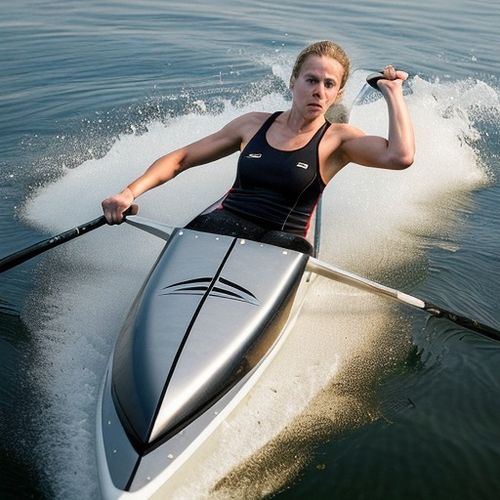
By Jessica Lee/May 8, 2025
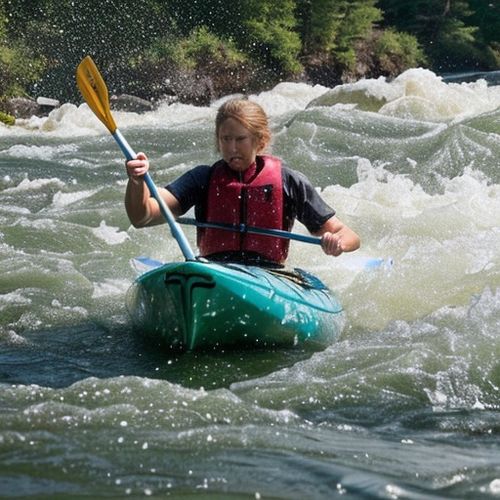
By Grace Cox/May 8, 2025
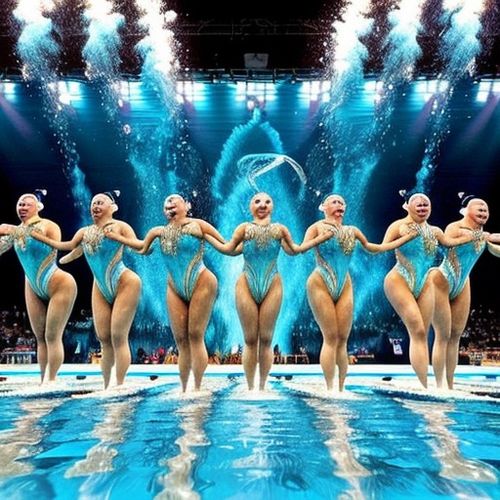
By Emily Johnson/May 8, 2025
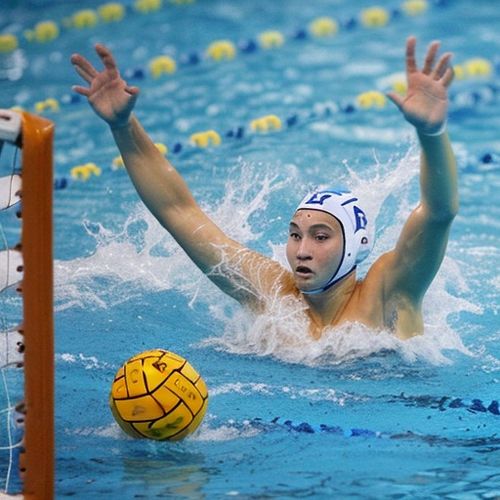
By Rebecca Stewart/May 8, 2025
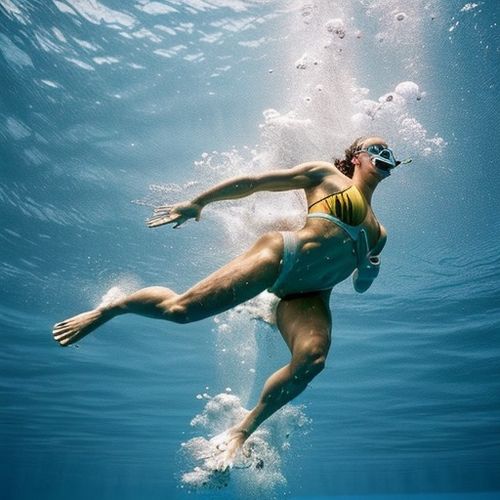
By George Bailey/May 8, 2025

By Sophia Lewis/May 8, 2025
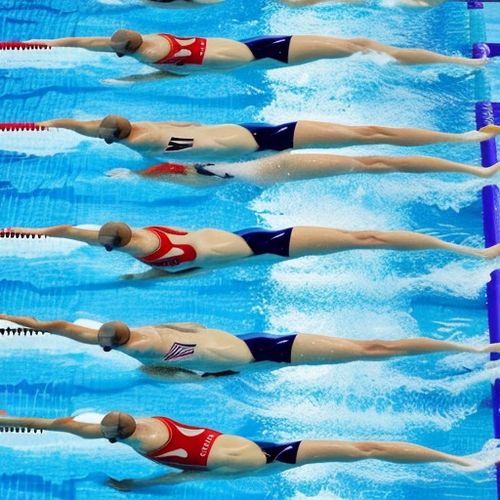
By George Bailey/May 8, 2025
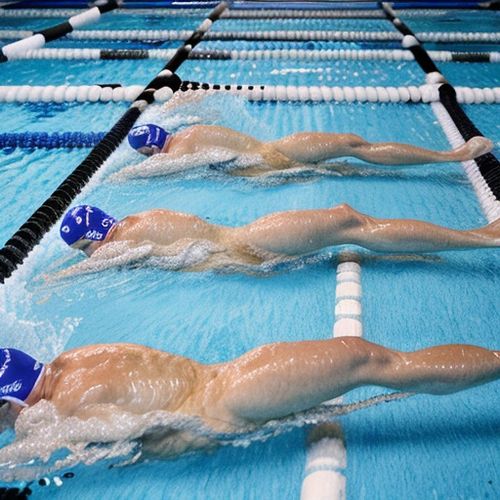
By Eric Ward/May 8, 2025
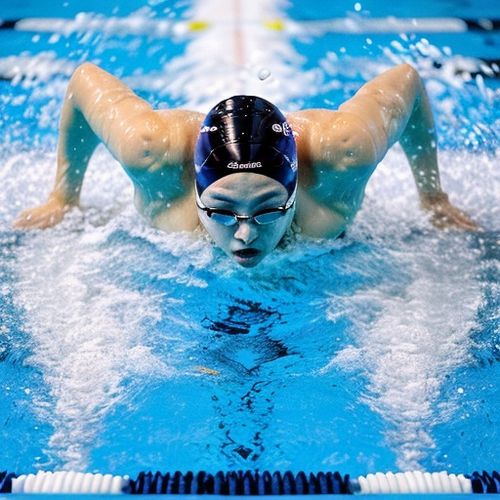
By James Moore/May 8, 2025
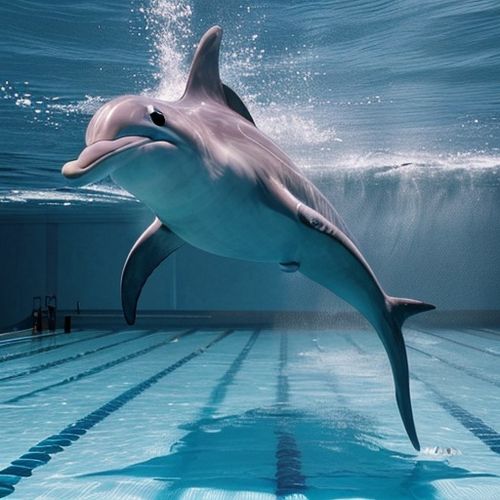
By Thomas Roberts/May 8, 2025
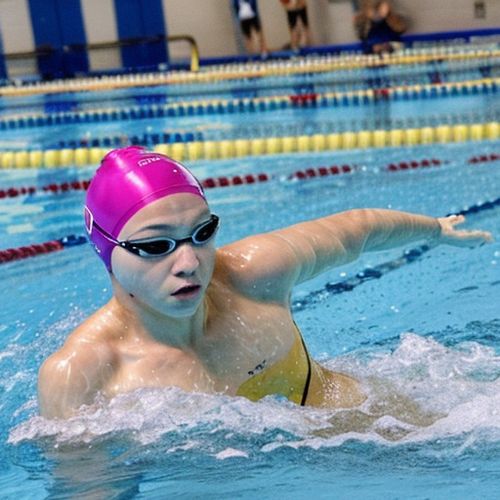
By Victoria Gonzalez/May 8, 2025

By Samuel Cooper/May 8, 2025
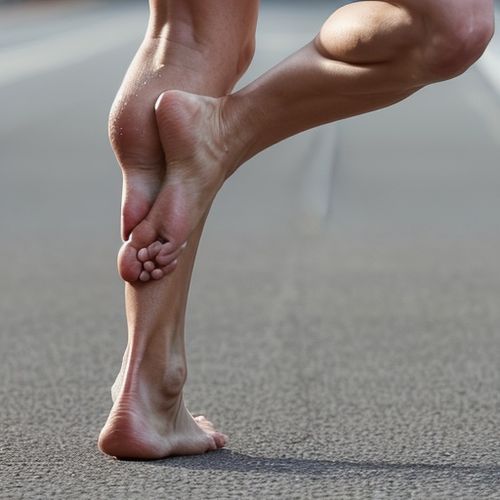
By David Anderson/May 8, 2025

By Joshua Howard/May 8, 2025
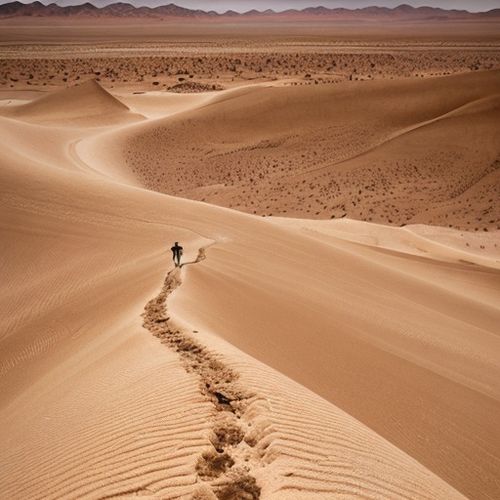
By Michael Brown/May 8, 2025

By Elizabeth Taylor/May 8, 2025
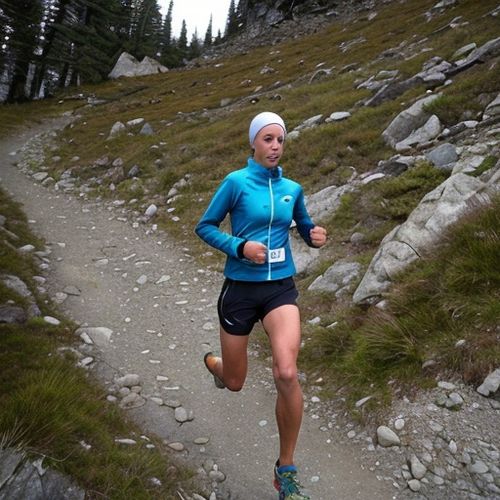
By Benjamin Evans/May 8, 2025
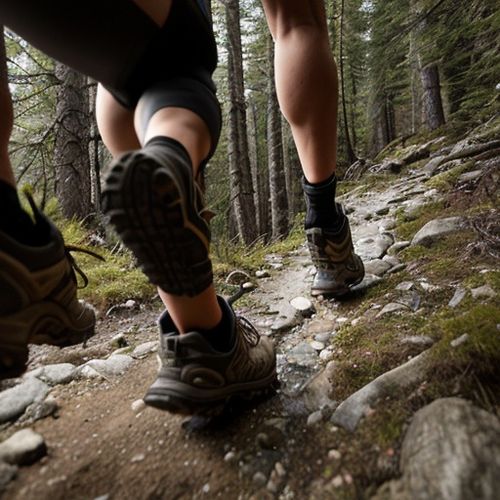
By Noah Bell/May 8, 2025